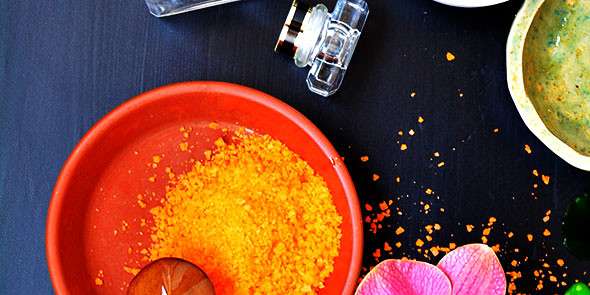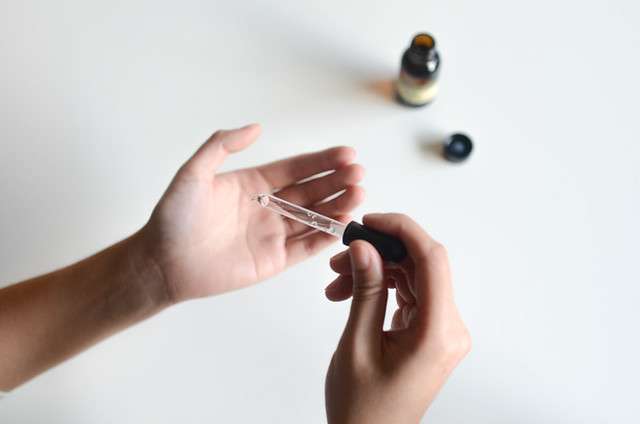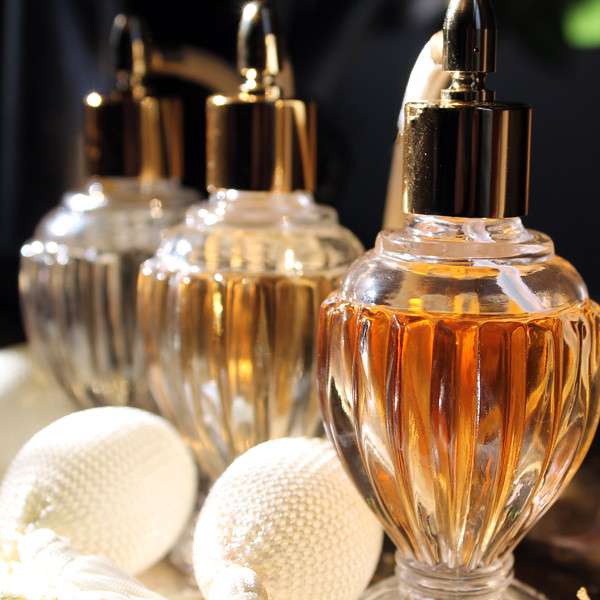Spectrophotometers Measure Essential Oil Quality
The main reason you’ll want to use a spectrophotometer when manufacturing perfume is that oil quality varies greatly. Some essential oil manufacturers make purer, more fragrant samples than others. The lowest quality essential oils are comprised of artificial phenols (aroma molecules) mixed with vegetable oils, which results in a dulled-down scent and a color that’s out of character for that particular oil. For instance, pure lavender oil should be nearly clear, with the subtlest tinge of yellow along the edges; artificial lavender oils might appear deep gold instead (like the color of olive oil), which is a sign of a low-quality product.1
However, dark colors aren’t always a sign of a low-quality oil. Certain highly-pigmented oils, like vetiver, sandalwood, chamomile, and patchouli naturally have far deeper coloration than other, virtually clear oils. In these oils, deeper coloration is the sign of a high-quality sample, meaning they will likely have a longer-lasting scent.2 Essential oil spectrophotometers can help you compare colorful samples to find the highest quality source for your perfume. This is an especially useful tool for darker essential oils since these oils have a noticeable color that can be seen with the naked eye. To use a spectrophotometer to determine essential oil quality, simply compare the sample you have to that particular oil’s ideal, natural color.
The Value of Versatility and Flexibility
Most essential oils are virtually clear, and the human eye can’t always detect subtle color differences between them. For these types of oils, a spectrophotometer is the best choice because it’s capable of measuring even the slightest differences in color. You can also use spectrophotometric purity testing on any dark-colored essential oils in your blend. For instance, sandalwood ranges from pale yellow to rich gold in color, and the purer the sample is, the darker in color it will appear, which your spectrophotometer will be able to detect. When you choose a spectrophotometer, make sure that you get a model that’s capable of handling hazy samples as well, since many essential oils can be cloudy. Lemon oil tends to be hazier than floral-based oils because it has waxier properties; this comes from the lemon peel itself, from which most oil manufacturers press their samples. 3





